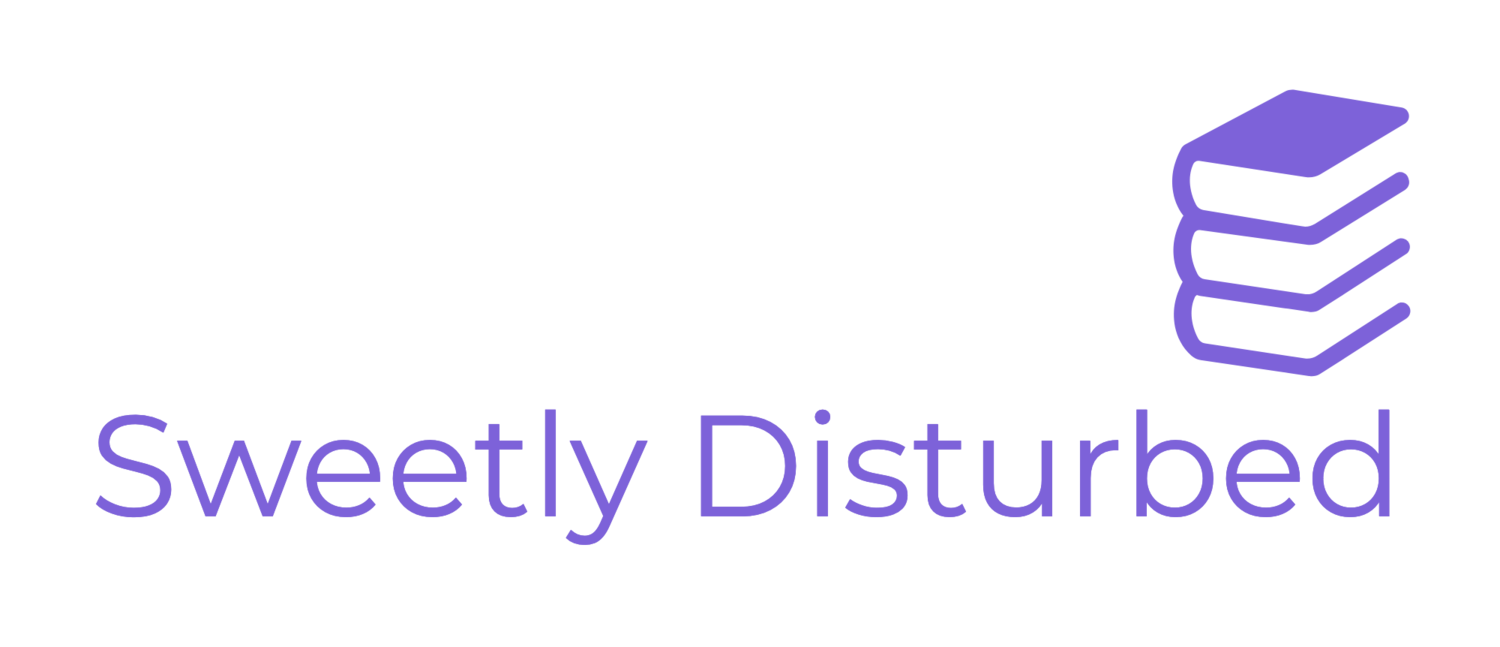10 Observations on Teaching Creative NonFiction
Sweetcakes has been teaching a course in creative nonfiction through the nearby university’s lifelong learning program. It’s been rewarding, and fun, and a little tough, what with that extra-full-time job of mine. The students are top notch, interesting, and willing to challenge and be challenged, and good writers, the lot of them. I feel incredibly lucky, and though the class is short (just five weeks) I am satisfied with where we’ve been able to go and how much we’ve been able to cover.
Here are my observations from the first three weeks of class:
- A good rule: Let the conversation do the teaching. Also, the more controversial topics spur the most intense conversations. Take the role of fact and truth in creative nonfiction. So many writers cover it well – Dani Shapiro, Ann Patchett in her convocation address to the Miami University of Ohio in 2005 (reprinted in “This is the Story of a Happy Marriage”), this conversation in Brevity’s blog, for example. Still, these students, tackled every complexity of the topic. I was so proud.
- Each group of students I’ve taught seems to carry its own tenor, mood. Especially in community eduation programs. My current class is quite ambitious and willing to tackle a lot of work in a short timeframe. This is quite satisfying.
- I’m negotiating the difference between workshop and write-shop. Haven’t found the line yet, and I suspect observation #2 will dictate the balance in each class I teach going forward.
- I’m having fun setting up each week’s lesson plan. Just as much, I look forward to the day when I repeat this class and already have the lessons set up, so it’s a little more efficient. I like efficiency.
- Next semester, I’ll be teaching a fiction class. See #4. Someday.
- I’ve found a great combo of working texts – for this class, I’m using Tell it Slant, 2nd Edition, by Brenda Miller and Susan Paola as the go-to source for navigating the elements of the form; The Best American Essays 2013, edited by Cheryl Strayed for in-depth examples of each week’s topic; and The 3 a.m. Epiphany by Brian Kitely for exercises galore. Toss in some inspiration from Brevity Magazine, Old Friend from Far Away by Natalie Goldberg and Creative Writing the Easy Way by Heather Hirschi, and I have a wealth of great resources.
- I have too little time to cover everything I’m excited to discuss about writing the fourth genre. Isn’t it always so?
- A tangent – it makes me incredibly sad/angry/disheartened when I think how the adjuncting of the English department has obliterated my (and so many talented writerteachers’) ability to earn a living doing this. Living within this world makes it easier to write, to find time to write, to support the community of writers, et al. Instead, I currently have to love this like a hobby. It’s not enough. I am hungry for more.
- I hope I never get over the awe I feel when I hear students read their work aloud.
- More, please. More.


